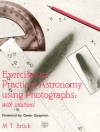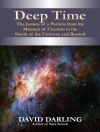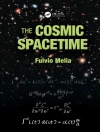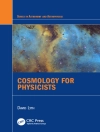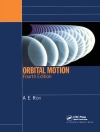
Near Earth objects (NEOs) have the potential to cause significant damage on Earth. In December 2018, an asteroid exploded in the upper atmosphere over the Bering Sea (western Pacific Ocean) with the explosive force of nearly 10 times that of the Hiroshima bomb. While the frequency of NEO impacts rises in inverse proportion to their sizes, it is still critical to monitor NEO activity in order to prepare defenses for these rare but dangerous threats. Currently, NASA funds a network of ground-based telescopes and a single, soon-to-expire space-based asset to detect and track large asteroids that could cause major damage if they struck Earth. This asset is crucial to NEO tracking as thermal-infrared detection and tracking of asteroids can only be accomplished on a space-based platform. Finding Hazardous Asteroids Using Infrared and Visible Wavelength Telescopes explores the advantages and disadvantages of infrared (IR) technology and visible wavelength observations of NEOs. This report reviews the techniques that could be used to obtain NEO sizes from an infrared spectrum and delineate the associated errors in determining the size. It also evaluates the strengths and weaknesses of these techniques and recommends the most valid techniques that give reproducible results with quantifiable errors.

